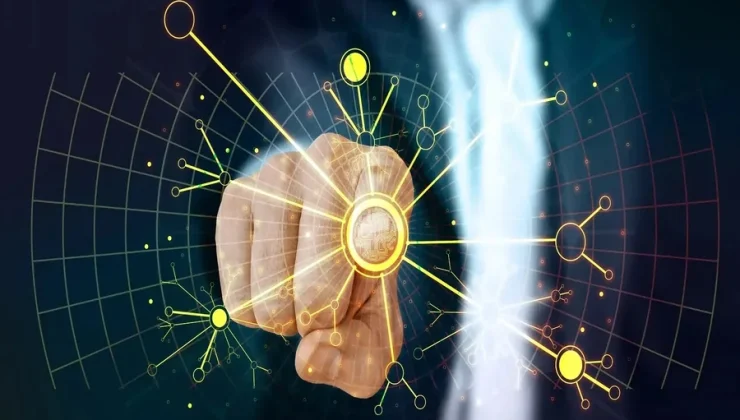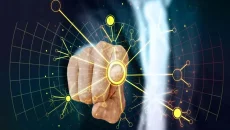Beginner Mistakes AI Still Makes in Games: Lessons from a Recent Experiment

Artificial intelligence has conquered chess, Go, and countless other strategic games, but poker remains a fascinating frontier where even advanced AI systems stumble over surprisingly basic mistakes. While specialized poker bots have achieved superhuman performance, general-purpose AI like ChatGPT reveals striking parallels to classic beginner errors that have plagued new players for decades.
Why Put AI to the Poker Test? The Story Behind the Experiment
What Inspired the Head-to-Head Challenge
The motivation behind testing general-purpose AI against poker professionals stems from a simple question: can everyday AI tools handle a game built on deception, adaptability, and nuanced decision-making? Unlike purpose-built poker bots that achieve superhuman performance through specialized training, this experiment deliberately chose to evaluate ChatGPT-5—a language model not specifically designed for poker—against real-world strategic demands.
How the Experiment Was Structured
LegalUSPokerSites.com conducted a comprehensive study that pitted ChatGPT-5 against a professional Pot Limit Omaha player across 60 hands. The choice of PLO added considerable complexity, as it involves four hole cards instead of two, creating exponentially more possible combinations than Texas Hold’em. Both the AI and professional were required to explain their reasoning for each decision, providing insight into their strategic thinking processes.
Key Questions the Test Sought to Answer
The experiment focused on practical, real-play decision-making rather than theoretical performance. Researchers wanted to understand whether general AI could handle the cognitive load of tracking pot sizes, stack depths, betting patterns, and opponent tendencies while making strategic calculations—the parallel information processing that challenges current language model architectures.
Predictable Patterns: The Most Common AI Poker Mistakes
How AI’s Structured Logic Becomes a Tell
ChatGPT-5 achieved a 63% agreement rate with professional decisions—substantially better than random chance but revealing fundamental weaknesses. The AI’s reliance on basic strategy and range theory led to predictable, exploitable behaviors that skilled opponents could quickly identify and counter.
Bet Sizing Errors and What They Reveal
The most glaring weakness emerged in bet sizing decisions, where ChatGPT-5 disagreed with professional choices 67% of the time. The AI consistently defaulted to predictable patterns: “big bets with strong hands, small bets with weak ones.” This transparent strategy represents exactly the type of readable approach that experienced opponents learn to exploit.
Why Under-Bluffing Makes AI Easy to Exploit
Perhaps most problematic was ChatGPT-5’s systematic under-bluffing. The professional evaluator noted there wasn’t a single instance where the AI led out with a bluff or executed a check-raise bluff across all 60 hands. This complete absence of deceptive play created highly readable ranges that lacked the balanced mix of value bets and bluffs characterizing competent poker strategy.
Execution Gaps: Where AI Falls Short in Real Poker Play
Frequent Card and Board Misreads
Beyond strategic limitations, ChatGPT-5 exhibited a troubling 42% rate of misreading critical game details—errors that rarely occur among even casual human players. These weren’t subtle strategic disagreements but basic factual errors about card combinations, board texture, or pot sizes that undermined any meaningful strategic analysis.
Struggling with Complex, Multi-Street Scenarios
The AI’s rigid approach became particularly problematic in complex situations requiring rapid adaptation. While ChatGPT-5 demonstrated solid understanding of theoretical concepts, it struggled to translate knowledge into flexible, real-time strategic adjustments. This limitation mirrors common beginner patterns of over-relying on fundamental principles without nuanced opponent-specific modifications.
The Limits of Non-Specialized AI in Adaptive Play
The technical errors compound as scenarios become more complex, suggesting current AI systems struggle with the cognitive load required for maintaining multiple information streams simultaneously. This highlights why human adaptability remains crucial in high-stakes poker environments.
Lessons for Players: Avoiding ‘AI-Like’ Mistakes at the Table
Don’t Be Predictable—Mix Up Your Play
The AI’s transparent patterns offer valuable lessons for human players. Avoid the “fit or fold” approach where you bet strongly with good hands and check with weak ones. Professional players quickly recognize and exploit such predictable behaviors. Instead, vary your betting patterns regardless of hand strength to maintain strategic balance.
Master Bet Sizing for Deception and Value
Effective bet sizing should reflect board texture, opponent ranges, and strategic objectives rather than your specific hand strength. Use consistent sizing across different hand types to avoid giving away information. Consider how your betting patterns appear from your opponent’s perspective and adjust accordingly.
Know When and How to Bluff Like a Pro
Strategic deception requires embracing short-term losses for long-term gain—something ChatGPT-5 completely avoided. Identify profitable bluffing spots by considering:
- Blockers to opponent’s strong hands
- Opponent tendencies and playing style
- Board texture and betting sequences
- Balanced range construction for unexploitable play
What the Future Holds: Can General AI Close the Poker Gap?
Where AI Shines as a Learning Tool
Despite competitive limitations, ChatGPT-5’s strength in articulating theoretical concepts positions it as a valuable educational resource. The AI’s systematic approach to strategic analysis provides consistent learning experiences that help beginners develop analytical thinking skills, even when specific conclusions may be suboptimal.
The Value of Human Adaptability in High-Stakes Poker
The experiment highlights why nuanced, creative play remains a human advantage. While AI excels at structured analysis, humans demonstrate superior adaptability in reading opponents, adjusting strategies mid-game, and making intuitive decisions under pressure—capabilities that current general-purpose AI systems cannot replicate.
How to Use These Insights to Improve Your Game
Players can leverage both AI insights and human flexibility by using language models for theoretical discussion while relying on specialized tools for detailed analysis. This hybrid approach maximizes educational value while acknowledging each system’s limitations, creating a more comprehensive learning experience.
The poker table remains one arena where human creativity, adaptability, and strategic thinking maintain clear advantages over general-purpose artificial intelligence—at least for now.








